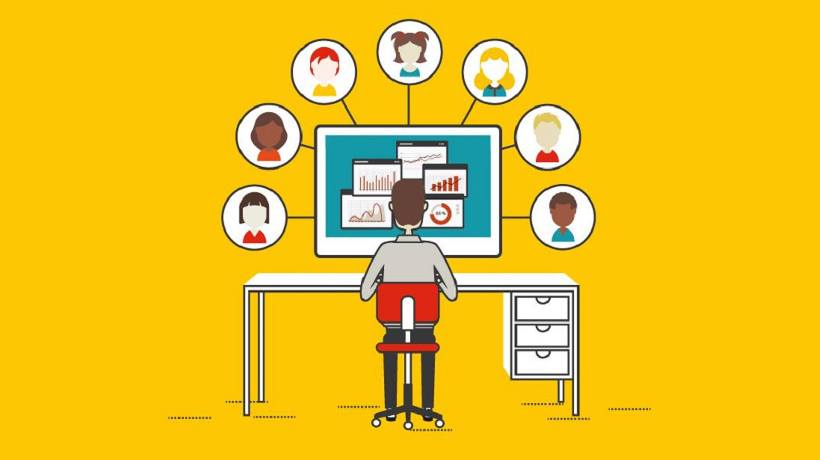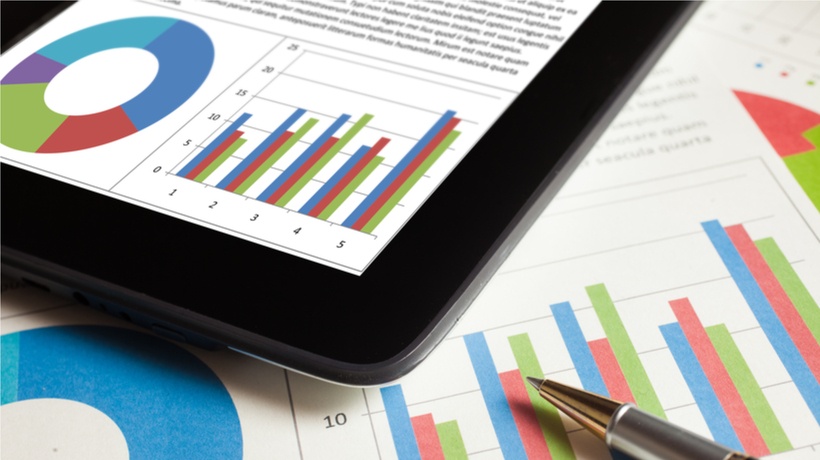The Whys And Hows Of Learning Analytics
Learning and Development is undergoing a profound transformation, mainly due to the integration of learning technologies and data analytics. These advancements have led to the rise of learning analytics, a field dedicated to gathering, analyzing, and utilizing data to enhance education. By tracking learner behavior and performance patterns, Learning and Development teams can personalize instruction, identify at-risk students, and adapt their teaching methods. Learning analytics also empowers institutions to make data-driven decisions, improving resource allocation and curriculum development. Ultimately, it leads to more efficient and effective educational experiences, helping students achieve their full potential and contributing to the continuous improvement of educational systems worldwide. In this article, we will explore the essential analytics shaping the future of learning and their role in revolutionizing education.
What Is Learning Analytics?
Learning analytics refers to the collection, analysis, and interpretation of data generated in educational settings. These data points can come from various sources, including Learning Management Systems, student information systems, online assessments, and even social media. The goal is to gain insights into student performance, behavior, and learning patterns. The use of learning analytics is transforming education in several ways, offering benefits such as personalized learning, improved student engagement, and enhanced teaching methods. Let's delve into some essential analytics that are driving the future of learning.
Types Of Learning Analytics
Predictive Analytics
Predictive analytics is one of the most significant advancements in education. It uses historical data to predict future events, particularly a student's academic success. By analyzing past performance, behaviors, and engagement metrics, institutions can identify at-risk students and intervene early to provide support. For example, if a student consistently misses assignments, logs in irregularly, or struggles with specific subjects, predictive analytics can flag these issues. This allows educators to step in with targeted interventions, such as additional tutoring or counseling, to prevent students from falling behind or dropping out.
Adaptive Learning Analytics
Adaptive learning analytics leverages data to customize the learning experience for each student. These systems analyze student performance and preferences to recommend content, learning pathways, and assessments that suit individual needs. As students interact with the platform, the analytics continually adapt to their progress. This approach fosters personalized learning, ensuring that students receive the most relevant and effective content. Adaptive learning analytics also facilitates a more inclusive educational environment by accommodating different learning styles and paces.
Engagement Analytics
Engagement is a vital aspect of effective learning. Engagement analytics analyzes student interactions with course materials, discussions, and other learning activities. It provides insight into which elements of the curriculum are most engaging, as well as areas where students may be disengaged. Educators can use this data to refine their teaching methods and improve the learning experience. For instance, if a video lecture is more engaging than a traditional text-based lesson, instructors can adapt their content delivery accordingly.
Social Network Analytics
With the growth of online learning platforms and social media in education, social network analytics plays a significant role in understanding how students interact and collaborate. By analyzing connections, communication patterns, and group dynamics, institutions can foster collaboration and build supportive learning communities. For example, if a student is isolated or struggling, social network analytics can detect this and suggest interventions, such as group projects or peer mentoring. It can also help educators identify influential students who can positively impact the learning environment.
Competency-Based Analytics
Competency-based learning is gaining traction in education, focusing on students mastering specific skills and knowledge rather than simply progressing through a curriculum. Competency-based analytics tracks individual progress and skill acquisition, ensuring that learners are well-prepared for the workforce. These analytics assess not only academic performance but also real-world skills. For instance, they can determine a student's proficiency in coding or problem-solving, allowing educators and employers to understand a learner's actual capabilities.
Big Data Analytics
The use of Big Data analytics in education has revolutionized the way institutions operate. By collecting and analyzing vast amounts of data, institutions can optimize their resources, streamline administrative processes, and make data-driven decisions. One practical application of Big Data analytics is resource allocation. Institutions can determine where to invest resources, whether in specific courses, facilities, or staff development, by analyzing student demand, outcomes, and financial data.
Learning Experience Analytics
Learning experience analytics focuses on the overall quality of the learning experience. This includes the design and delivery of content, the user interface, and the overall student journey. This analytics helps educators and institutions identify areas that need improvement and enhance the overall learning experience. For example, if students consistently struggle to navigate the online platform or find specific resources, learning experience analytics can identify these pain points. This information is invaluable in refining the digital learning environment.
Ethical Considerations
As learning analytics continues to evolve, it's essential to address the ethical concerns that arise. Student data privacy is a critical issue, and institutions must ensure that data is collected and used responsibly. It is vital to be transparent about data collection, use, and retention policies to gain the trust of both students and educators. Additionally, there must be safeguards in place to prevent discrimination and biases in predictive analytics. A fair and equitable educational experience should be the goal of any learning analytics implementation.
Conclusion
The future of learning is increasingly data-driven, and the integration of learning analytics is playing a pivotal role in shaping this evolution. From predictive analytics that identifies at-risk students to adaptive learning systems that tailor educational content, these types of analytics are transforming education at all levels. Educators and institutions that embrace these essential analytics are better positioned to deliver personalized, engaging, and effective learning experiences. Learning analytics leverages technologies to collect and analyze educational data, offering valuable insights into student performance, engagement, and progress. As technologies continue to advance, we can expect learning analytics to play an even more significant role in education, ultimately leading to better outcomes for students and a more efficient educational system. Moreover, as we harness the power of data, it is crucial that ethical considerations and data privacy are at the forefront of these transformative changes.








